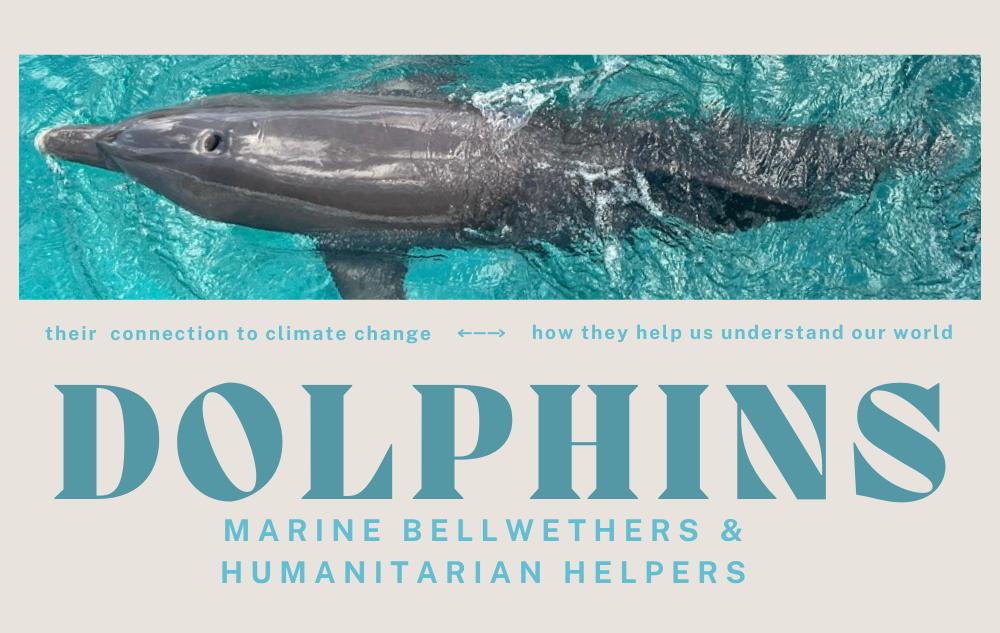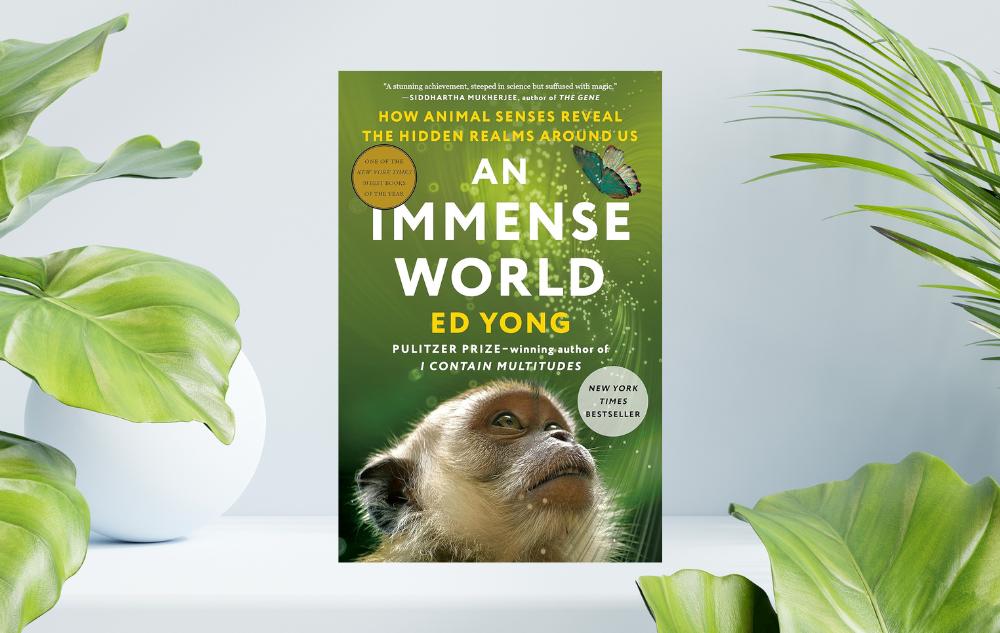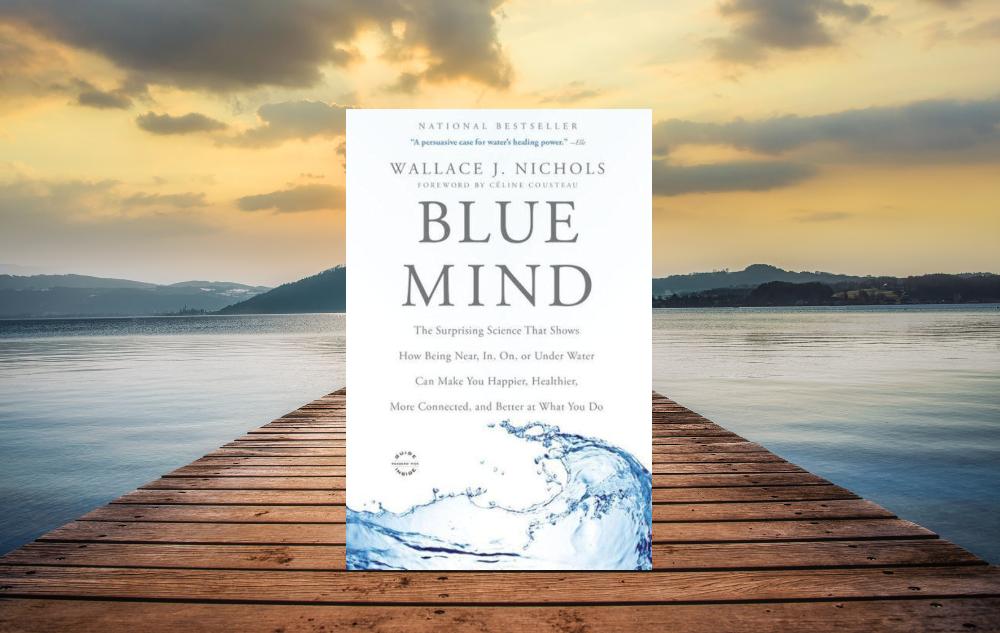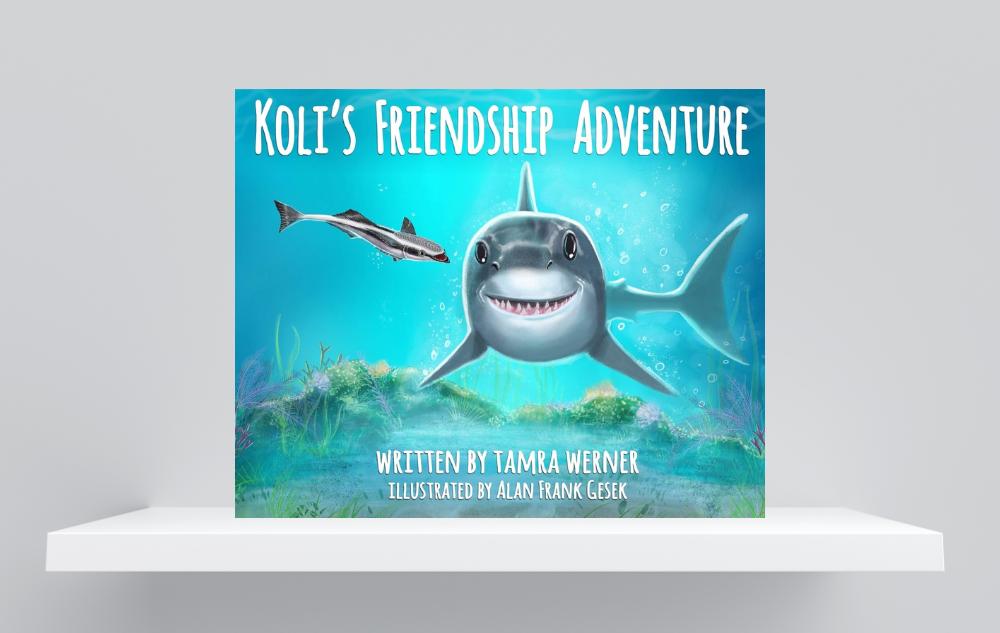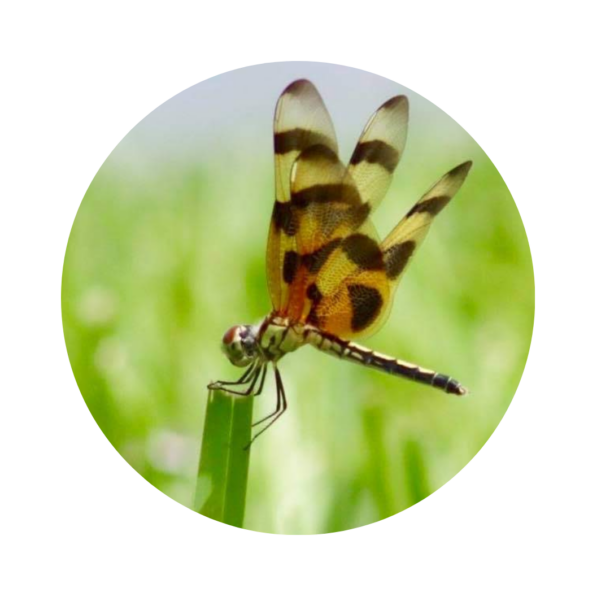Dolphins are some of the most fascinating creatures on our planet. If you’re standing on an Atlantic-facing beach, you may be lucky to catch a glimpse of them jumping joyfully in the surf. But how much do you really know about this species and their connection to our planet?
Like us, dolphins are air-breathing, warm-blooded, and sentient. They are self-aware and can recognize themselves in a mirror! Dolphins live in complex social structures called pods, with some pods boasting thousands of members. They give birth to live young, and nurse their calves for 11 months to 2 years.
Dolphins versus Porpoises
According to the National Ocean Service, “There are 32 dolphin species (plus five closely related species of river dolphin) and only six porpoise species.” Of the 42 species in total, 38 of them are part of the ocean dwelling family (Delphinidae). The remaining four species create their own families of river dwelling dolphins (Platanistidae, Iniidae, Pontoporiidae, and Lipotidae).
Both dolphins and porpoises have large complex brains, and use soundwaves to navigate underwater.
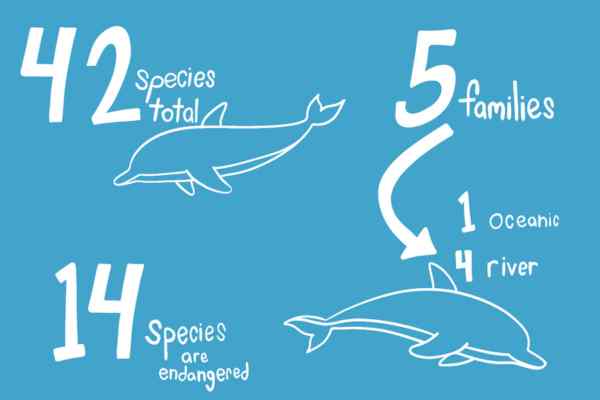
Porpoises, however, have different face shapes, fins, and body structures that ultimately distinguish them from dolphins. Dolphins, unlike porpoises, are great vocalists. They make whistling sounds underwater using their blowholes. Each dolphin has a signature sound!
Functionally Extinct and Critically Endangered
Sadly, some dolphin species have become critically endangered. The Yangtze River Dolphin was officially declared functionally extinct in 2006. “Functionally extinct” essentially means that while a few dolphins from this species survive, their presence is not large enough to fulfill a meaningful role in the ecosystem. Industrialization, habitat destruction, and entanglement were the main factors that ultimately led to the depletion and extinction of this species.
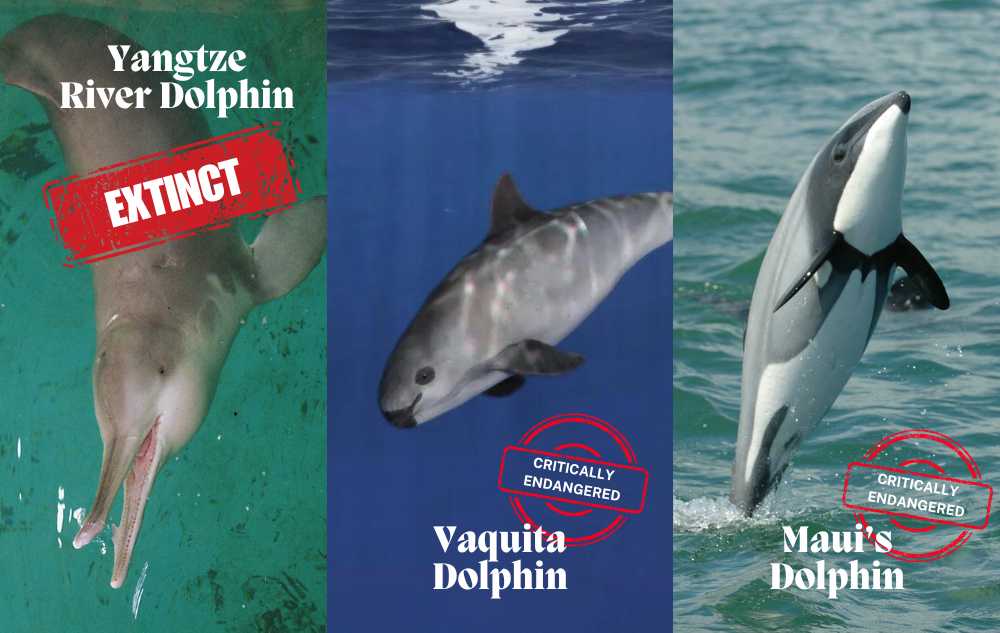
There are two other dolphin species that are also critically endangered: the Vaquita dolphin and Maui’s dolphin. Less than 30 Vaquitas remain along the Northwestern Gulf of California, while there are less than 50 Maui’s dolphins remaining in waters off the west coast of New Zealand. Their endangered statuses are largely due to accidental capture and entanglement in fishing nets.
Although only 14 species are officially listed as endangered, all dolphins are faced with the threats of climate change. The list of climate change’s effects on dolphins is long (and growing), but some of highest concern include: noise pollution, light pollution, and plastic pollution. Climate change has impaired dolphin reproduction, lowered immunity, depleted oxygen levels, and caused unnecessary stillborn births.
Dolphins as Marine Bellwethers
Dolphins are at the top of the food chain and therefore are highly interconnected to the health and survival of the marine ecosystem. This makes dolphins optimal marine bellwethers, or indicators of ecological trends. As an example: dolphins target compromised (old or sick) fish for their prey. By consuming diseased fish, dolphins keep fish populations healthy and fruitful. They also prevent the spread of disease to humans via the fishing and food chain. Scientists can easily analyze tissue samples from the stomachs of dolphins to better understand the presence of disease or toxins in the ecosystem’s lower levels.
Dolphins are also indicators of the effectiveness of environmental protection laws and regulations. They are protected under the Marine Mammal Protection Act of 1972. Harming, capturing, and interacting with them in general is illegal. When dolphins start surfacing on shores with injuries, it may signal a disruption in the ecosystem that requires intervention, or possible illegal activity that must be stopped.
Changes in dolphin behavior and health provide insight into the health and safety of the overall ecosystem. This is why we must pay close attention to dolphins and intervene when necessary to ensure the ecosystem remains stable. Without dolphins, it would take longer to notice changes in marine environments, causing detrimental effects in the health of fish populations and putting other marine organisms at greater risk of harm.
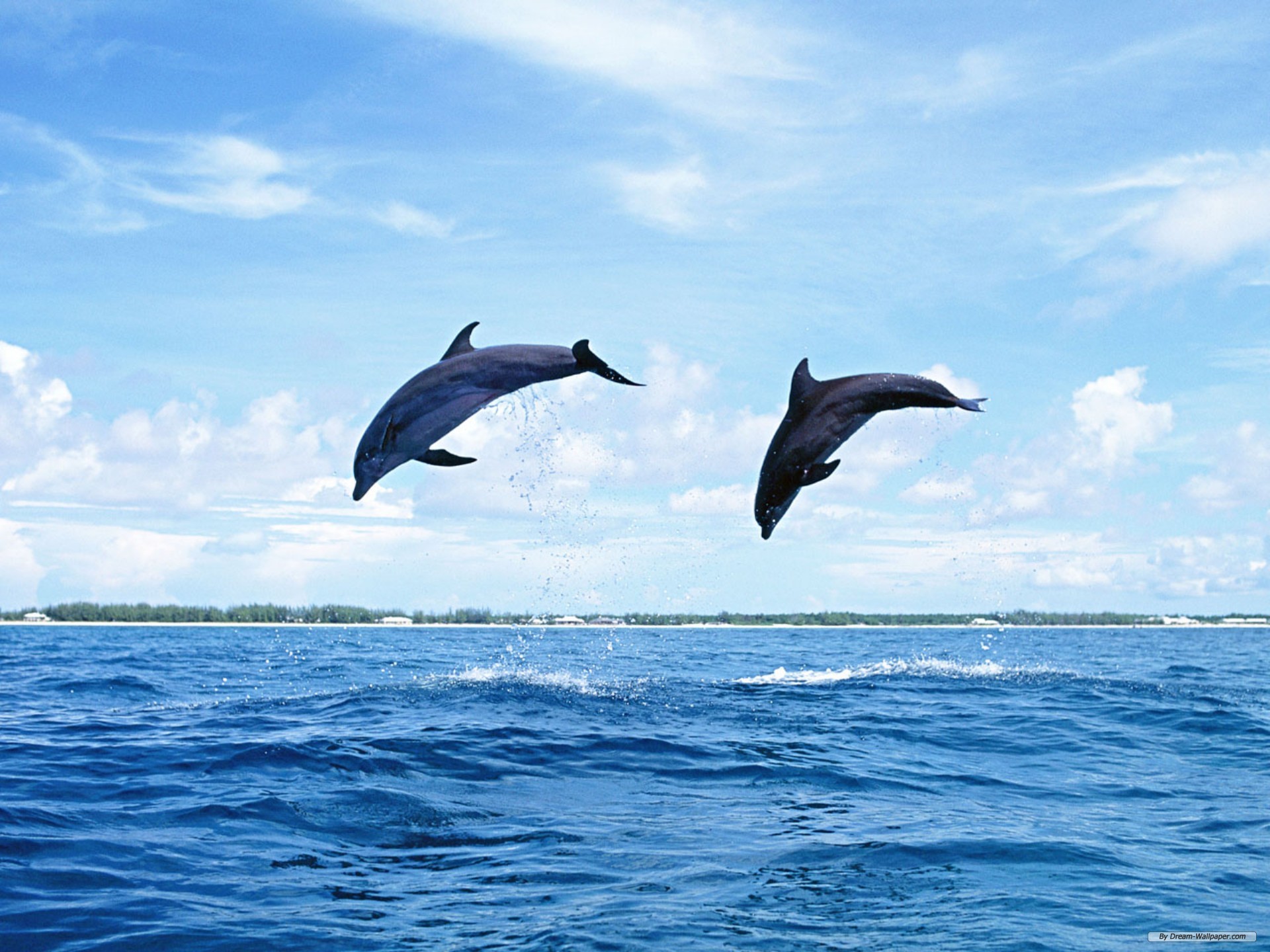
The Dolphin-Human Connection
Humans have had a kinship with dolphins since ancient times. Excavations of ancient cities revealed that the Minoan civilization (on the island of Crete) lived in harmony with dolphins. The dolphin frieze, created 3,500 years ago in the Palace of Knossos, proves how the bond between humans and dolphins endures.
One way in which captive dolphins and humans can interact with each other is through Dolphin Assisted Therapy (DAT) programs.
DAT therapy allows individuals struggling with physical and mental conditions to interact with dolphins to improve their physical, verbal, and social skills. While this therapy is controversial, it can have positive benefits for both humans and captive dolphins alike. One Planet Life intern, Anna O’Reilly, spent a summer working at the Curacao Dolphin Therapy and Research Center in Willemstad, Curacao. Learn more about her experience.
How Humans Can Help
There are many ways humans can support dolphins and their native habitats. Some methods – like creating and enforcing environmental protection laws, establishing protection zones, or raising populations in human care – help directly target and protect dolphins. But there are other actions individuals can do that indirectly help dolphins by creating cleaner environments. Reducing or eliminating single-use plastic, recycling properly, and buying products in eco-friendly packaging are all small ways you can contribute to a cleaner, healthier planet. If you pass litter on your beach walk, pick it up and dispose of it properly instead of letting it break down into microplastic particles. These small changes can collectively create positive change for dolphins and marine life everywhere.
Discover More About Dolphins
Dolphins have a right to full lives in their wild, natural environment. So the more we understand and protect dolphins the better off we all are. To learn more, visit DolphinProject or read Voices in the Ocean by Susan Casey.
Check out these OPL recommended reads:

Written by Kristina Shane
Lead Content Manager and Editor
“I’ve always had a strong inclination to protect and nurture the people and living things around me. Especially after having kids, I became passionate about conserving our planet for future generations. It’s my duty to teach my children, through words and actions, how to be good citizens and thoughtful stewards for our planet. Joining One Planet Life felt like a natural next-step for me, and I’m thrilled to support their mission and strengthen my own sustainability efforts.”

